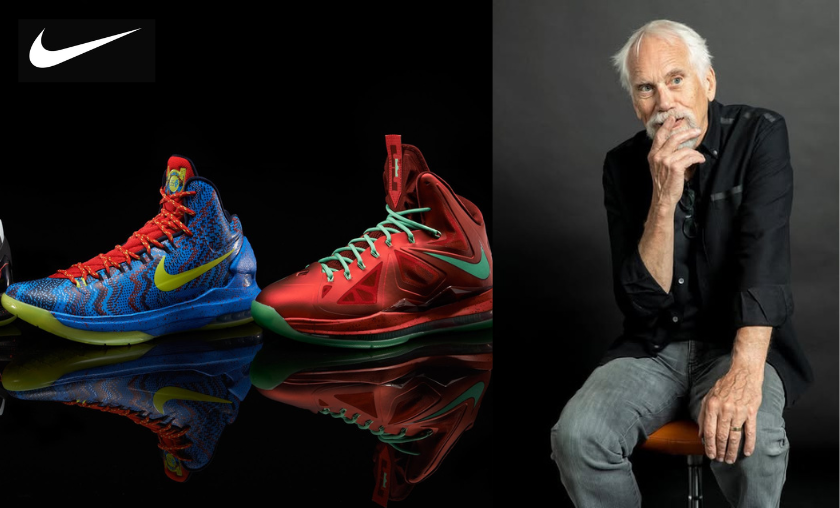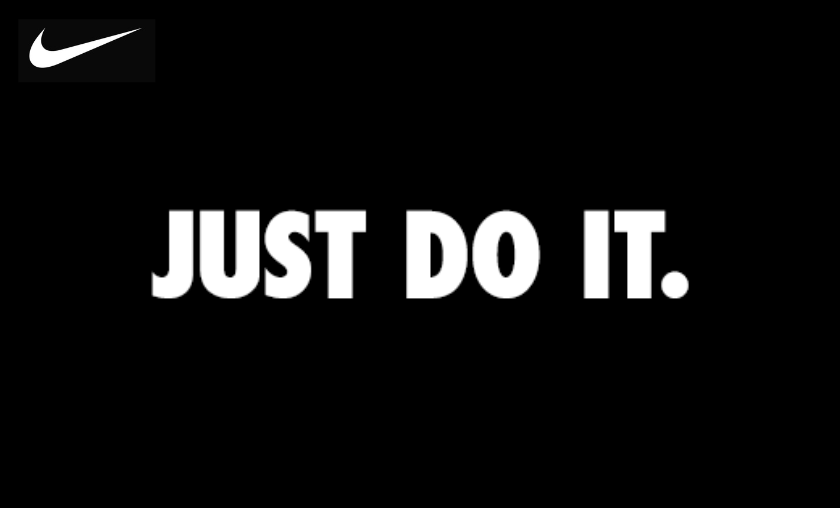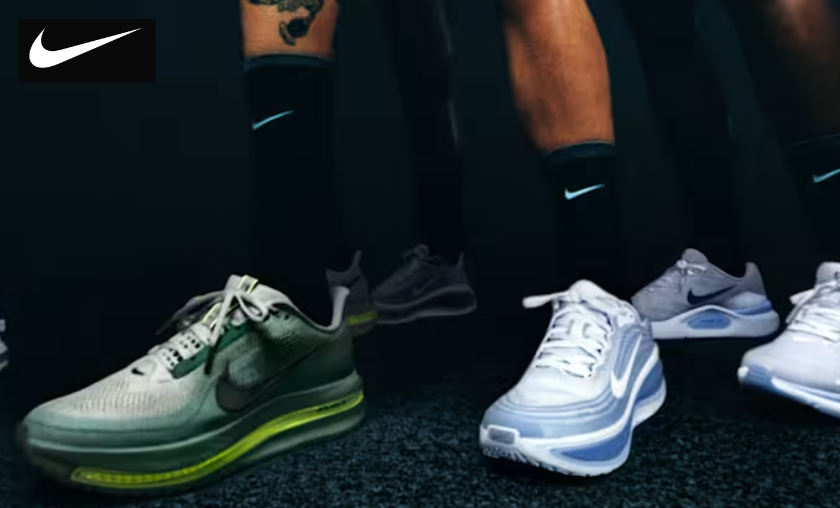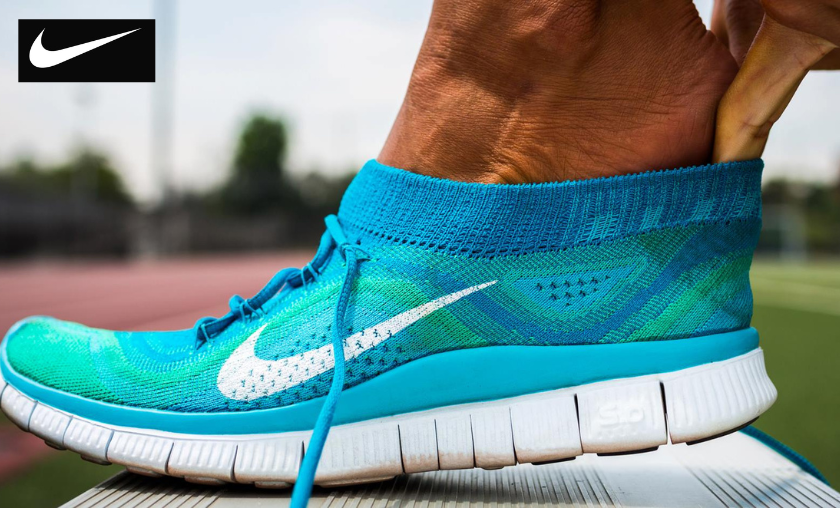In the world of branding and marketing, very few slogans have ever achieved the level of influence and longevity that Nike’s “Just Do It” has. Introduced in 1988, these three simple words completely transformed not only the company’s public image but also the way brands connect emotionally with people. Before this campaign, Nike was already a respected sportswear company known for its performance shoes and athletic credibility — but after “Just Do It,” it became a global symbol of empowerment, ambition, and action. The slogan captured something universal about the human experience — that moment between hesitation and courage, where a single decision can define one’s path forward.
At its heart, “Just Do It” isn’t merely a marketing phrase; it’s a philosophy of life. It urges people to stop overthinking and start doing — to move, to try, to fail, and to rise again. It resonates with athletes who train day and night, with artists who fight through self-doubt, and with everyday individuals who strive to improve themselves in any way. Nike didn’t just promote athletic wear; it offered an identity, a belief system that celebrated effort and resilience over perfection. Over three decades later, “Just Do It” still motivates generations — proving that the most powerful ideas are often the simplest ones.
Table of Contents
The Origin of “Just Do It”

The story behind “Just Do It” begins in 1988, a time when Nike was struggling to keep up with fierce competitors like Reebok. While Reebok had captured the booming aerobics market, Nike needed a message that could connect beyond elite athletes — one that could speak to everyone with a dream, regardless of their athletic background. That’s when Dan Wieden, co-founder of the advertising agency Wieden+Kennedy, stepped in with a concept that would change marketing history.
Wieden wanted a slogan that was simple, emotional, and timeless — something that embodied Nike’s competitive spirit but could also appeal to ordinary people. After experimenting with various phrases, he proposed “Just Do It.” At first, Nike executives were skeptical; it sounded too plain. But once it was paired with the right visuals and emotional storytelling, they realized its potential. The slogan captured the essence of human drive — that inner voice that tells you to start, to push, to persist. It wasn’t just about sports anymore; it was about life itself.
The Inspiration of the Phrase

Interestingly, the inspiration for “Just Do It” came from a rather dark and unexpected place. Dan Wieden revealed years later that he took inspiration from the last words of convicted murderer Gary Gilmore, who, before his execution in 1977, uttered the phrase, “Let’s do it.” Wieden found the phrase strangely defiant — a statement of acceptance, courage, and finality. It captured a kind of raw determination that felt oddly aligned with Nike’s spirit of boldness and action.
By changing “Let’s” to “Just,” Wieden transformed a grim statement into one of positivity, energy, and empowerment. “Just Do It” became a universal call to action — not about death, but about life. It encouraged people to take control, to make that first move, and to break free from self-imposed limitations. The origin might have been unexpected, but the transformation was genius. Nike took those words and turned them into one of the most uplifting and iconic messages in advertising history.
Nike’s Brand Identity Before “Just Do It”

Before 1988, Nike’s marketing was largely focused on professional athletes and performance-driven advertising. The brand had already built a solid reputation among runners and sports enthusiasts, but it lacked mass emotional appeal. Meanwhile, Reebok had become the face of the fitness and aerobics movement, particularly among women — capturing a segment Nike had neglected. Nike’s ads were technical and competitive, appealing to serious sportspeople rather than the everyday person who simply wanted to stay active.
Nike realized it needed to humanize its image. It needed a campaign that transcended sports and spoke directly to the human spirit. “Just Do It” did exactly that — it unified everyone under one message: whether you’re a world champion or someone just starting your fitness journey, the act of doing is what matters most. The slogan became a turning point, helping Nike evolve from a sportswear manufacturer into a cultural symbol of determination and empowerment.
The 1988 “Just Do It” Campaign

The debut of the “Just Do It” campaign in 1988 was nothing short of revolutionary. The first commercial featured Walt Stack, an 80-year-old marathon runner who ran 17 miles every morning. He wasn’t young, rich, or famous — but his dedication embodied the spirit of perseverance. With a smile on his face, Stack joked about how he kept his teeth from chattering in the cold by leaving them in his locker. It was authentic, heartwarming, and most importantly, human.
The ad showed that Nike wasn’t only about athletic excellence — it was about attitude. It told viewers that fitness, perseverance, and personal growth weren’t limited by age, gender, or ability. Within a decade of that campaign, Nike’s sales skyrocketed from $800 million to over $9 billion. The world wasn’t just buying sneakers anymore; they were buying a philosophy — a belief in themselves.
The Marketing Genius and Psychological Perspective Behind the Message

From a psychological perspective, “Just Do It” is a masterstroke in simplicity and motivation. It cuts straight to the essence of human behavior — the gap between intention and action. The phrase doesn’t lecture or explain; it commands. It bypasses overthinking and self-doubt, replacing hesitation with action. Those three words became an internal dialogue for millions: Don’t wait. Don’t question. Just do it.
Nike’s marketing team understood the emotional power of universality. Unlike other brands that targeted specific audiences, Nike made “Just Do It” a message for everyone. It worked across sports, cultures, and languages — appealing to professional athletes and casual dreamers alike. The slogan was flexible enough to inspire a marathon runner, an artist, a student, or anyone facing a challenge. That versatility made it timeless, ensuring its relevance even decades later.
Major Campaigns That Defined “Just Do It”

Over the years, Nike has used “Just Do It” as the foundation for some of the most powerful campaigns in advertising history. Each one redefined courage and perseverance in a new way:
- Michael Jordan: Nike’s collaboration with MJ turned him into the embodiment of “Just Do It.” His journey from being cut from his high school team to becoming the greatest basketball player ever perfectly aligned with Nike’s message of relentless drive.
- Serena Williams: Her campaigns emphasized strength, self-belief, and resilience, inspiring women everywhere to break barriers both on and off the court.
- Colin Kaepernick (2018): The bold “Believe in something, even if it means sacrificing everything” campaign showed Nike’s willingness to take a stand for social justice, blending sports with political courage.
- Cristiano Ronaldo: Representing perfection through discipline, Nike used Ronaldo’s commitment to excellence as a symbol of the brand’s ethos.
- Caitlyn Jenner and Inclusion Campaigns: Highlighted Nike’s belief that sport belongs to everyone — regardless of identity or background.
Each campaign didn’t just advertise a product; it celebrated a mindset, pushing cultural and emotional boundaries while keeping Nike at the center of inspiration.
Global Impact and Cultural Influence

“Just Do It” quickly became more than an ad slogan — it became a movement. The phrase transcended sports, embedding itself into everyday conversations, motivational speeches, and even classrooms. It inspired millions to take action in all areas of life, from fitness goals to personal dreams. Nike had created something that spoke to human nature — the need to overcome inertia and self-doubt.
The cultural ripple effect was massive. “Just Do It” appeared on murals, tattoos, T-shirts, and even in music lyrics. It became shorthand for courage and self-belief. Moreover, the slogan gave Nike moral and emotional leverage in addressing larger social issues, from gender equality to racial justice. It blurred the line between advertising and advocacy — making Nike not just a sportswear brand but a cultural powerhouse that shaped how people think about success and effort.
Nike Before vs. After “Just Do It”

The slogan didn’t just boost sales — it revolutionized Nike’s entire identity. It turned marketing into storytelling and consumers into believers.
| Aspect | Before “Just Do It” (Pre-1988) | After “Just Do It” (Post-1988) |
|---|---|---|
| Brand Image | Athletic, performance-driven, focused on professionals | Inspirational, emotional, and inclusive — appealing to everyone |
| Marketing Tone | Technical, product-focused, and narrow in scope | Motivational, story-driven, and emotionally resonant |
| Audience Reach | Primarily male athletes and runners | Universal audience — men, women, youth, casual fitness lovers |
| Cultural Relevance | Limited to sportswear consumers | Became a global lifestyle symbol and cultural icon |
| Social Presence | Minimal cultural footprint | Became a driver of global social and motivational campaigns |
| Annual Sales | Around $800 million | Surpassed $9 billion within 10 years |
Conclusion
More than three decades after its debut, “Just Do It” remains one of the most recognizable and inspiring slogans in the world. It encapsulates the very essence of Nike’s philosophy — that greatness begins not with talent, but with the courage to act. Those words continue to motivate athletes, creators, and dreamers to push their limits, reminding the world that success doesn’t come from hesitation but from action.
Ultimately, “Just Do It” stands as a cultural and emotional landmark. It changed the way brands communicate purpose and how individuals perceive effort. It turned Nike into not just a manufacturer of sportswear, but a motivator of mindsets. Every time someone laces up their shoes, faces a challenge, or takes a leap of faith, those three words echo as a reminder: the power to achieve lies not in perfection — but in the simple decision to just do it.
To read more similar articles, click here.
Thanks for visiting our Website. If you appreciate our work, kindly show us some support in our comments section 🙂